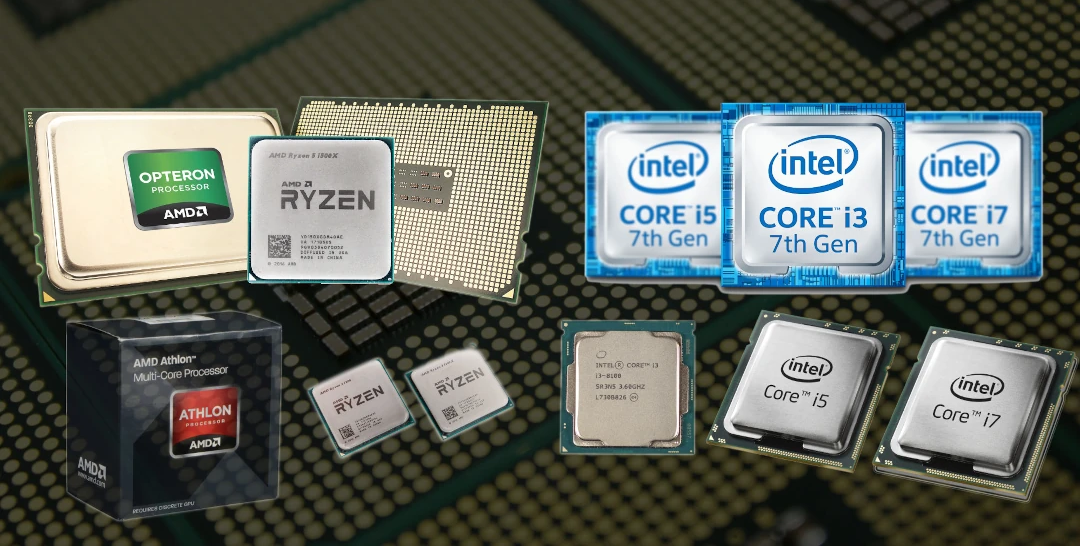A multicore Processor is, in short, one that has more than one processing core. To understand this, it is necessary to know that the processor is the most important component in a computer, having the main role in performing the calculations required to execute PC applications. As time went by, the industry concluded that just raising its clock would not be enough to optimize performance. The solution to increasing the performance of the machines was to create CPUs with extra processing cores.
In a multicore CPU, consequently, the processor has a greater capacity to perform tasks in parallel. Below, Techidence provides more information about multi-core processors and explains the advantages of adopting a chip with this technology.
What is a multicore processor?

Today, multicore processors have become the standard, but there are still some important differences between the models available. In every processor, there is a core that is responsible for processing instructions according to system demand. In a multicore processor, we find more than one core in the same package. That is, on the same chip, we have more than one core working together.
In practice, a multicore processor does not have the performance of two single-core processors. In fact, in applications that can intelligently use the larger number of cores, there is a distribution of the processes to be performed. This is done to have each core perform one task simultaneously, which can speed up processes and optimize the computer’s performance.
Cores and threads

A thread is an execution line for instructions. Each processor (core) executes at least one execution thread at a time. Therefore, on a processor with more cores, we can conclude that there are more threads – and this makes it possible to execute more tasks simultaneously.
In a dual-core processor, for example, there are at least two cores and two threads, making this pattern model more efficient at multitasking. Some processors have more than one thread per core, a feature that is present in several lines of Intel and AMD processors, with technologies such as hyper-threading (Intel) and SMT (AMD).
Multi-core processors

Today, even entry-level processors have at least two cores, making them multi-core models. Even current entry-level devices, such as the Intel Pentium and AMD Athlon, already have more than one core. This is to optimize the multitasking performance of these chips and is one of the requirements for an adequate experience in modern operating systems.
In more advanced solutions, such as Intel Core i5 and AMD Ryzen 5 processors, there is an even greater offer of cores and threads, with models commonly offering four cores and eight threads. These processors are suitable for those seeking more performance, which is common in the gaming segment, and for advanced productivity.
Conclusion
It is always worth considering processor options that offer more cores, mainly because the higher number of cores indicates that the processor is from an advanced segment. This in turn signals that the chip tends to offer more features, higher clocks, and better performance overall.
In addition to looking at the number of cores, it is interesting to look at the multi-threading support of the processor. This is a feature that can greatly impact the performance of the CPU, especially in software that can exploit this feature of the chips.
This post may contain affiliate links, which means that I may receive a commission if you make a purchase using these links. As an Amazon Associate, I earn from qualifying purchases.

